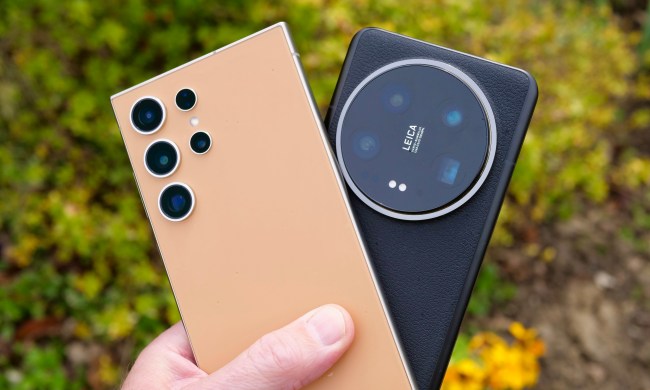
Imec, a nanoelectronics research company, says the new RGB-NIR multispectral sensor makes it possible to use both data from the RGB spectrum as well as near infrared, an extra layer of detail that could be essential for the next generation of 3D and virtual reality. The sensor uses the standard RGB color filter as well as an NIR-cut filter.
The second type of infrared filter, called an NIR narrow band-pass filter, would allow camera manufacturers to tune that NIR layer to capture only a certain wavelength, allowing the sensor to be adapted for different uses. Imec says the unique sensor filters allows a single sensor to overlay NIR light with the traditional image. That extra NIR data could give images depth information.
For example, the sensor could be adjusted to capture both the normal footage as well as the light from a laser. By reading how far that laser light, invisible to the human eye, traveled, the sensor could add more depth to virtual reality or 3D videos, or give details on the distance to a car’s camera system or a security camera.
“An affordable, high-resolution and high-speed solution for integrating true RGB color combined with narrow-band NIR detection was essential to develop for future applications that need to detect or track near infrared signals that should not be visible to human eyes,” said Andy Lambrechts, program manager for Imec’s integrated imaging activities, said in a statement. “This capability to integrate a color view with one or several near-infrared narrow bands will be a key enabler for next-generation 3D, virtual reality and augmented reality imaging platforms, as well as in machine vision, medical, automotive and security surveillance applications.”
The new sensors haven’t yet been integrated into an actual product — the company will be demonstrating the ability of the prototype next week.



